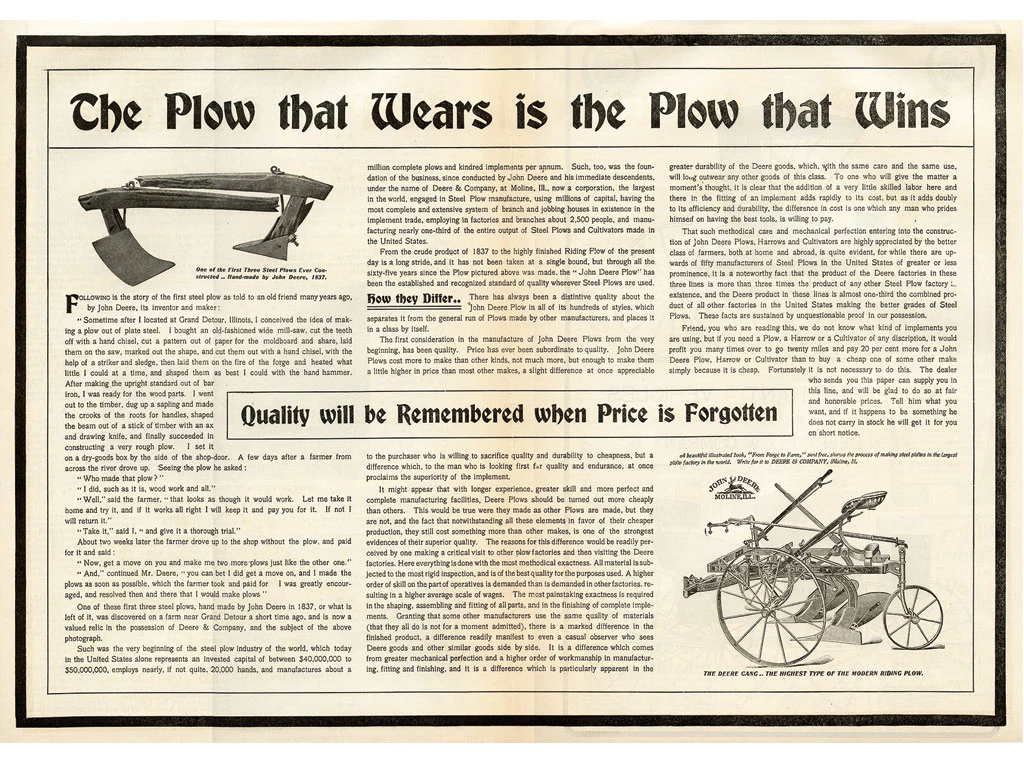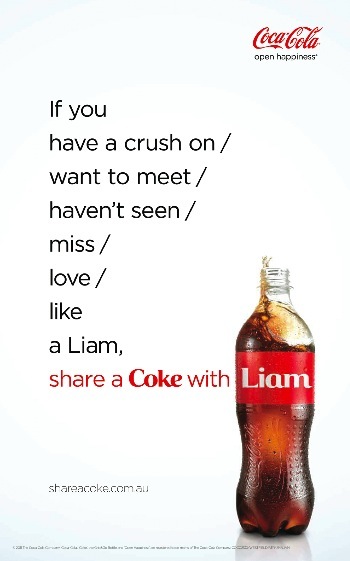Long before the dawn of digital marketing, content was already king. Content marketing, as a concept, finds its roots in the late 19th century. One of the earliest instances was John Deere’s distribution of ‘The Furrow,’ a magazine designed to provide farmers with valuable information, in 1895. This was not a blatant sales pitch but a tool to educate and engage farmers, nurturing trust and loyalty that would eventually lead to increased sales.

Fast forward to today, the essence of content marketing remains the same, but the platforms and strategies have evolved dramatically. With the proliferation of the internet and social media, businesses now have endless opportunities to reach their audiences through engaging, relevant, and informative content.
Defining Content Marketing: What is it?
Content Marketing is a strategic marketing approach focused on creating and distributing valuable, relevant, and consistent content to attract and retain a clearly defined audience — ultimately, to drive profitable customer action. It acts as a ‘Lead Magnet,’ a term used to describe an incentive that marketers offer to potential buyers in exchange for their contact information.
Why Content Marketing Matters
In today’s digital age, consumers are inundated with sales pitches. Content marketing stands out because it offers something of value beyond the traditional sales message. It provides knowledge, entertainment, or both, creating a relationship between the brand and the consumer.
Businesses across industries can benefit from content marketing. It boosts brand visibility, builds credibility, and fosters relationships with potential customers. More importantly, it’s a powerful driver for lead generation and conversion.
Content marketing has indeed proven to be a highly effective strategy, as evidenced by numerous statistics.
For instance, according to Search Engine Journal, a carefully crafted content marketing strategy can help businesses improve their visibility and reach. Furthermore, data from SEMrush suggests that well-planned content can significantly boost user engagement and conversion rates.
According to the Content Marketing Institute, content marketing costs 62% less than traditional marketing but generates about three times as many leads.
Meanwhile, HubSpot’s research affirms the importance of content marketing in enhancing brand reputation and building customer trust. Interestingly, a study by Ahrefs indicates that high-quality, relevant content can also improve a website’s SEO performance.
Similarly, an article on Oberlo showcases that consistent content marketing can lead to better customer retention rates. Further, Siege Media reports that 90% of content marketers leverage websites and blogs in their content strategy, demonstrating the crucial role of these platforms in disseminating content.
Moreover, Statista has compiled various statistics that underline the growing investment in content marketing by businesses globally. On the other hand, OptinMonster emphasizes the role of content marketing in driving traffic and generating leads.
In conclusion, it’s clear that content marketing is not just a trend, but a proven strategy for business growth. As per Blogging Wizard, businesses that invest in quality content marketing tend to see improved ROI, increased brand awareness, and enhanced customer relationships.
Content Marketing in the AIDA Model
Content marketing plays a significant role in every stage of the AIDA model, which stands for Attention, Interest, Desire, and Action.
- Attention: In this stage, content marketing is used to catch the potential customer’s attention. This could be through engaging blog posts, compelling social media updates, informative infographics, or captivating videos.
- Interest: Once you’ve captured their attention, content marketing is then used to pique their interest. Detailed articles, case studies, webinars, or eBooks can provide more in-depth information about your products or services and how they solve the customer’s problem.
- Desire: Content marketing can create a desire for your product or service by showcasing its benefits, sharing customer testimonials, or explaining how it’s better than the competition. This could be done through comparison articles, customer success stories, or product demonstration videos.
- Action: Finally, content marketing encourages the potential customer to take action. This could be a call-to-action at the end of a blog post, a promotional email with a limited-time offer, or an engaging landing page that outlines the next steps and makes it easy for them to purchase or sign up.
The Power of Content: Real-World Examples
Coca-Cola’s ‘Share a Coke’ campaign is a prime example of effective content marketing. By personalizing Coke bottles with people’s names, the company created a unique, shareable experience that resonated with consumers worldwide.
The “Share a Coke” campaign, first launched in Australia by Coca-Cola in 2012, stands as a powerful example of personalized content marketing’s potential. The campaign’s unique concept involved replacing the regular Coca-Cola logo on bottles with common names, fostering a sense of personal connection and individuality among consumers.

What made this campaign truly successful was its emotional resonance. Coca-Cola managed to turn their product into something more than just a beverage by including people’s names on the bottles. In doing so, they created an emotional bond between consumers and the brand, which increased the likelihood of not only purchasing the product but also sharing it with others, as discussed in this LinkedIn article.
Moreover, the campaign was bolstered by a multi-channel marketing strategy. Coca-Cola utilized various platforms, from traditional TV commercials to viral social media campaigns, to spread the word about “Share a Coke”. This integrated approach ensured high visibility and generated sustained interest in the campaign, as highlighted by Hellovaia.
Equally important was the clever use of user-generated content that this campaign encouraged. As consumers started to share pictures of their personalized Coke bottles on social media platforms, it sparked a wave of organic publicity. This further amplified the campaign’s reach and impact.
In conclusion, Coca-Cola’s “Share a Coke” campaign exemplifies how content that is personalized and emotionally engaging, when paired with strategic marketing efforts, can effectively boost consumer engagement and brand loyalty.
Tips for Effective Content
- Know Your Audience: Creating buyer personas to to understand your ideal customer’s needs and interests is key to creating content that will engage them.
- Be Consistent: Regularly post fresh, relevant content to keep your audience engaged and coming back for more.
- Optimize for SEO: Use keywords and other SEO strategies to help your content rank higher in search engine results, increasing visibility.
- Engage with Your Audience: Encourage comments, likes, shares, and other forms of engagement to build a community around your brand.
- Monitor and Adjust: Use analytics to monitor the performance of your content and adjust your strategy as needed.
Final Thoughts
At Lead Launcher, we specialize in creating engaging, informative, and shareable content that drives lead generation and generates sales. Contact us today to learn how our content marketing services can help you grow your business.









